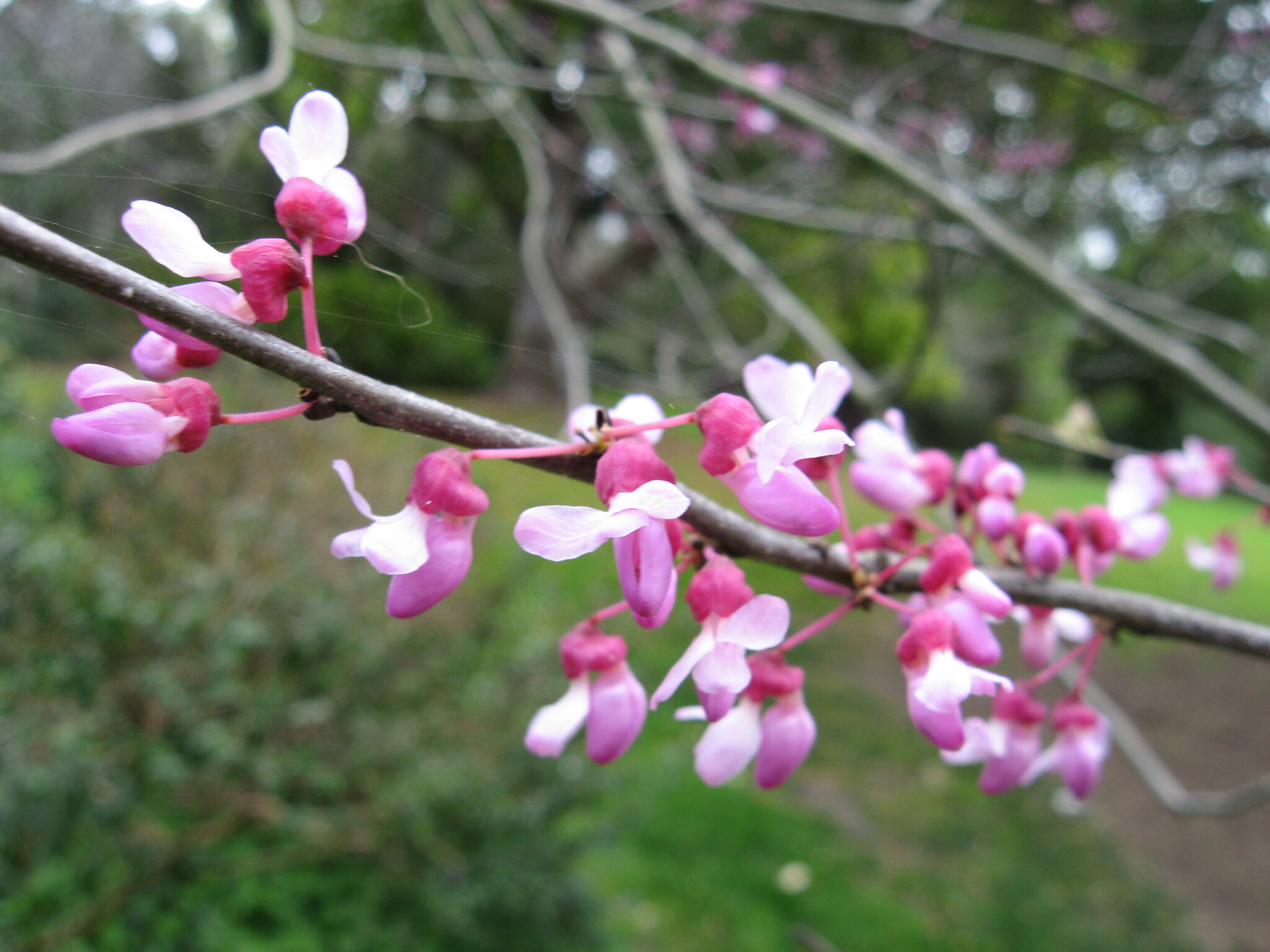
Greek kerkis — weaver’s shuttle, referring to the shape of the large, flat, woody fruits.
Deciduous trees or shrubs. Leaves simple, alternate, palmately veined, roundish to kidney-shaped; stipules soon shed. Flowers in dense clusters or chains, appearing before the leaves and often growing from the old wood. Sepals 5, toothed. Petals pale to deep pink, occasionally white. Stamens 10, free, arching over. Fruit pods flat and dehiscent, the margins winged. Seeds few.
Grown for the rounded leaves and attractive pink flowers in spring.
About 6 species from northern temperate regions, chiefly N America, S Europe and E Asia.
Seed, layering or cuttings, sometimes by grafting.
Leaves mostly kidney-shaped; flowers growing from stems and appearing before the leaves.
Isely (1975).
Source: (2002). Caesalpiniaceae. In: . Horticultural Flora of South-eastern Australia. Volume 3. Flowering plants. Dicotyledons. Part 2. The identification of garden and cultivated plants. University of New South Wales Press.
